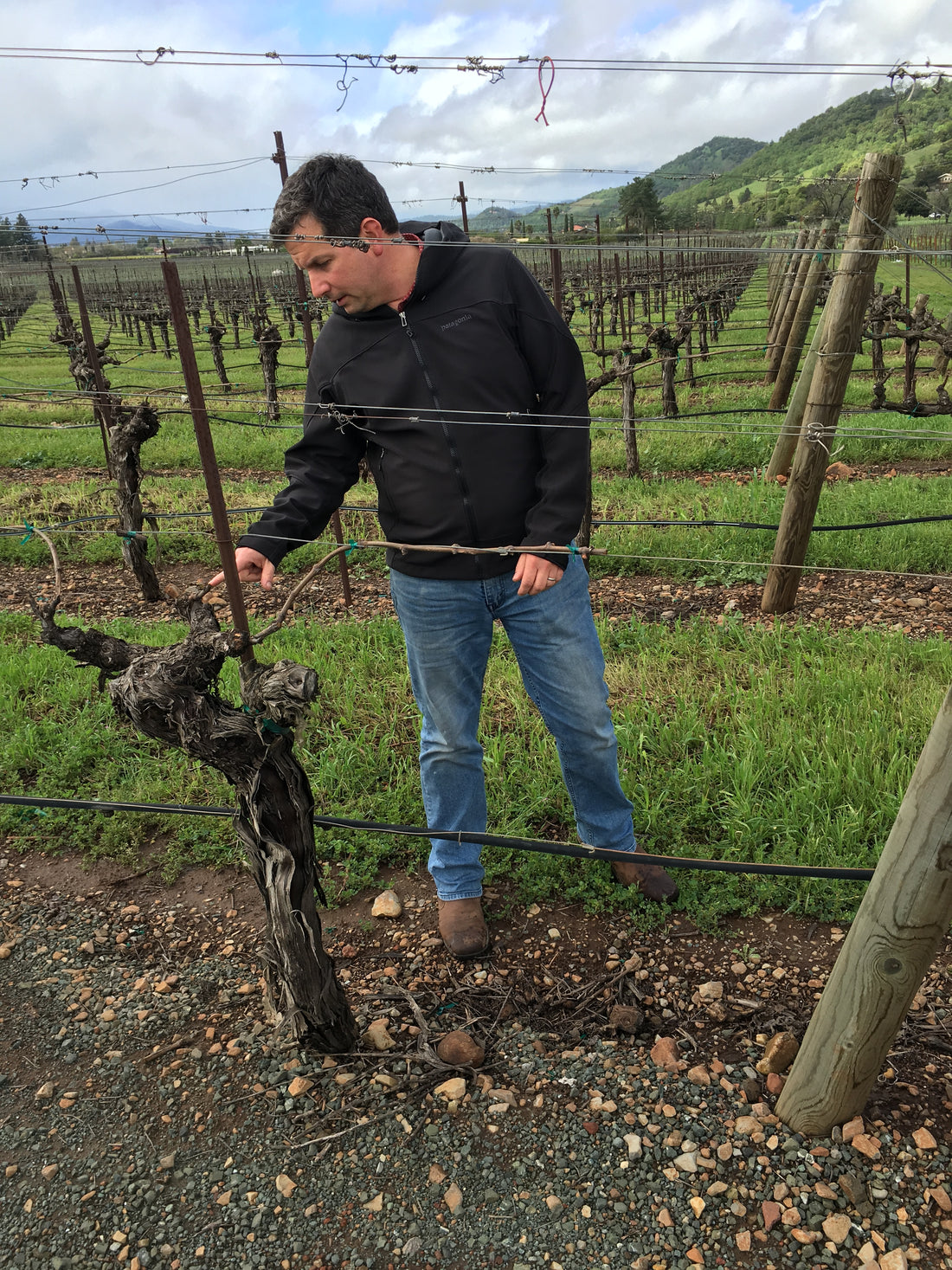You may think that winemakers get the summer off, waiting for Fall and the harvest, but summer is pivotal for winemakers, especially those cultivating the renowned Cabernet Sauvignon in Napa Valley.
As temperatures rise, the activities in both the vineyard and the winery intensify. Whether a full-time winemaker or a consulting expert, the tasks undertaken during these months are crucial for ensuring a high-quality harvest and an excellent final product.
Vineyard Management
1. Canopy Management
One of the primary tasks during summer is canopy management. This involves trimming and positioning the vine leaves and shoots to optimize sunlight exposure and air circulation. For Cabernet Sauvignon, which thrives in the sunny Napa AVA, managing the canopy is critical to prevent excessive shading and promote even ripening of the grapes.
2. Irrigation and Water Management
Water management becomes a crucial task in the summer heat. Winemakers must carefully monitor soil moisture levels and provide adequate irrigation without overwatering. In regions like Napa Valley, where drought conditions can prevail, efficient water use is essential. The varying terroir of Napa's AVAs, characterized by its diverse soils and microclimates, requires tailored irrigation strategies to maintain vine health and fruit quality.
3. Pest and Disease Control
Summer is also a time when pests and diseases can threaten the vineyard. Winemakers employ integrated pest management (IPM) techniques to monitor and control these threats. This might include the use of organic pesticides, beneficial insects, or cultural practices that reduce the risk of infestation and disease. Maintaining the health of Cabernet Sauvignon vines is paramount to achieving the desired flavor profile and quality.
4. Veraison Monitoring
Veraison, the onset of ripening when grapes change color, typically occurs in mid to late summer. Winemakers closely monitor this phase to assess the vineyard’s progress. The timing and uniformity of veraison are indicators of how well the grapes are maturing, and it guides decisions on thinning the crop to ensure that remaining clusters ripen evenly.
5. Soil and Nutrient Management
Soil health is another critical factor during summer. Winemakers may conduct soil tests to determine nutrient levels and adjust fertilization programs accordingly. The unique terroir of Napa Valley, with its diverse soil types ranging from volcanic to alluvial, demands precise nutrient management to support the vigorous growth and optimal ripening of Cabernet Sauvignon grapes.
Winery Operations
1. Equipment Maintenance and Preparation
Inside the winery, summer is the time for thorough maintenance of all equipment. This includes cleaning and servicing tanks, presses, and fermentation vessels to ensure they are ready for the upcoming harvest. Proper maintenance helps prevent equipment failures during the critical harvest season, ensuring a smooth and efficient winemaking process.
2. Barrel Management
Barrel management is another significant task. Winemakers check and prepare barrels for the new vintage, including cleaning, repairing, and sometimes buying new barrels. For Cabernet Sauvignon, aging in oak barrels is essential to develop its complex flavors and aromas. Winemakers must ensure that barrels are in optimal condition to impart the desired characteristics to the wine.

3. Blending and Bottling
For the previous year’s vintage, summer often means blending and bottling. Winemakers taste and analyze different lots of wine to create the final blend. This process requires a keen sense of taste and an understanding of how various components will interact over time. Once the blend is finalized, the wine is bottled, labeled, and prepared for market.
4. Laboratory Analysis
Throughout the summer, winemakers conduct various laboratory analyses on both grapes and wines. Testing for sugar levels, acidity, and other chemical parameters helps guide vineyard practices and winemaking decisions. Regular analysis ensures that the winemaking process stays on track and that the final product meets the desired quality standards.
Business and Marketing
1. Market Engagement and Sales
From a business perspective, summer is a prime time for engaging with the market. Winemakers, especially those in the esteemed Napa AVA, often participate in wine tastings, festivals, and trade shows to promote their wines. Building relationships with distributors, retailers, and customers is essential for driving sales and expanding market presence.
2. Wine Tourism
Napa Valley is a major wine tourism destination, and summer attracts a large number of visitors. Winemakers often engage in hosting tours, tastings, and special events at their wineries. This not only helps in selling wine directly to consumers but also in educating them about the unique terroir and winemaking practices that make Napa Valley wines, particularly Cabernet Sauvignon, so special.
3. Strategic Planning
Strategic planning for future vintages is also an important summer activity. Winemakers analyze market trends, sales data, and consumer preferences to inform their production strategies. Decisions about expanding vineyards, introducing new varietals, or experimenting with different winemaking techniques are often made during this time.
4. Financial Management
Finally, managing the financial aspects of winemaking is crucial. Budgeting for the harvest, purchasing supplies, and planning investments in vineyard or winery infrastructure are all tasks that require careful attention. Ensuring financial stability and profitability is essential for the sustainability of the winemaking business.
Summer is a season of intense activity and critical decision-making for winemakers. From managing the vineyard to ensuring the winery is ready for harvest, the tasks undertaken during these months are essential for producing high-quality wines. For those crafting Cabernet Sauvignon in the Napa Valley, the summer’s work lays the foundation for expressing the region’s unique terroir and delivering exceptional wines to the market. Whether full-time winemakers or consultants, their efforts during this period are vital to the success of each vintage.

